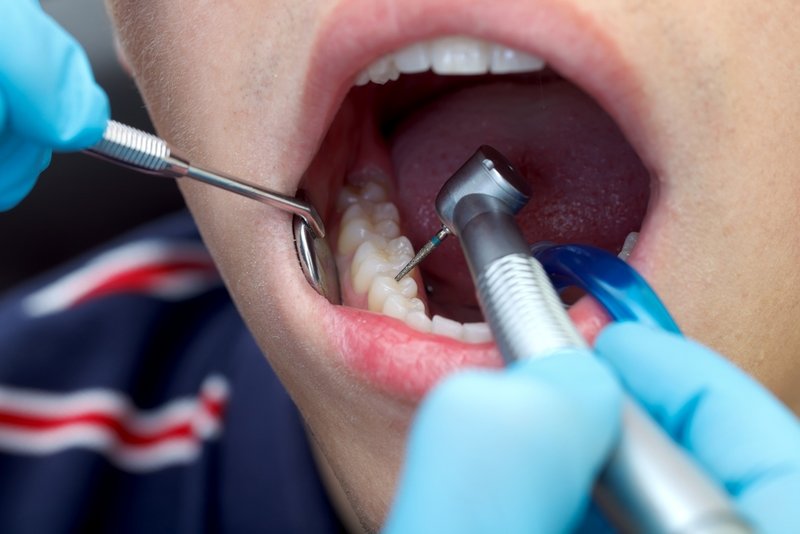Too many low-income Mainers go without adequate dental care.
There were 11,960 emergency room visits for dental issues by MaineCare patients in 2009 alone. That was a $6.6 million expenditure that could have been avoided if the recipients had been seeing a dentist regularly.
More than half of the children on MaineCare don’t see a dentist. Twenty percent of all Mainers live in areas designated as having a dentist shortage. Forty percent of Maine dentists are planning to retire or substantially reduce their hours in the next five years.
So why is the Maine Dental Association saying that there is no problem? Because the organization wants to protect its members’ exclusive authority to provide basic dental services, whether its members are willing to provide those services or not.
The dental association is opposed to L.D. 1230, An Act to Improve Dental Health, which would allow specially licensed dental hygienists to independently perform some basic procedures — like drilling and filling surface cavities, pulling loose teeth and gluing on crowns that have come off — in addition to cleaning teeth.
This may be a good position for the dental association, but it doesn’t do much for the Maine people who cannot get dental care. In light of the overwhelming evidence of a problem, as outlined in a study conducted by an independent research organization on behalf of a legislative task force, the industry group’s denial is astonishing.
The association says that there is no dentist shortage in Maine, pointing to the fact that its members report having vacant chairs and available appointments.
But they don’t say that many dentists are concentrated in a few areas of the state, and that three-quarters of all Maine dentists are not taking new MaineCare patients. There may be openings in their schedules, but that won’t help the children who could never get in the door.
Opponents of the bill also mischaracterize the amount of training that licensed dental hygiene therapists would receive, claiming that it would be only “a semester’s worth” of school. But these professionals would first have to qualify as dental hygienists, which takes at least two years and, in some programs, four years.
Then they would have to complete an additional 1½ years of training in public health dentistry, followed by 500 hours of work under the direct supervision of a dentist.
Rather than one semester’s training, these midlevel professionals would have four to six years’ training.
Most importantly, these providers would reach out to serve people who get no care at all, or get it only when it’s too late, in an emergency room.
Alaska and Minnesota, states with dispersed rural populations like Maine, use this model. Other states are considering it. Maine already allows nurse practitioners to independently provide medical services
Maine should pass this bill and take a step toward solving its dental health crisis.
Send questions/comments to the editors.



Success. Please wait for the page to reload. If the page does not reload within 5 seconds, please refresh the page.
Enter your email and password to access comments.
Hi, to comment on stories you must . This profile is in addition to your subscription and website login.
Already have a commenting profile? .
Invalid username/password.
Please check your email to confirm and complete your registration.
Only subscribers are eligible to post comments. Please subscribe or login first for digital access. Here’s why.
Use the form below to reset your password. When you've submitted your account email, we will send an email with a reset code.